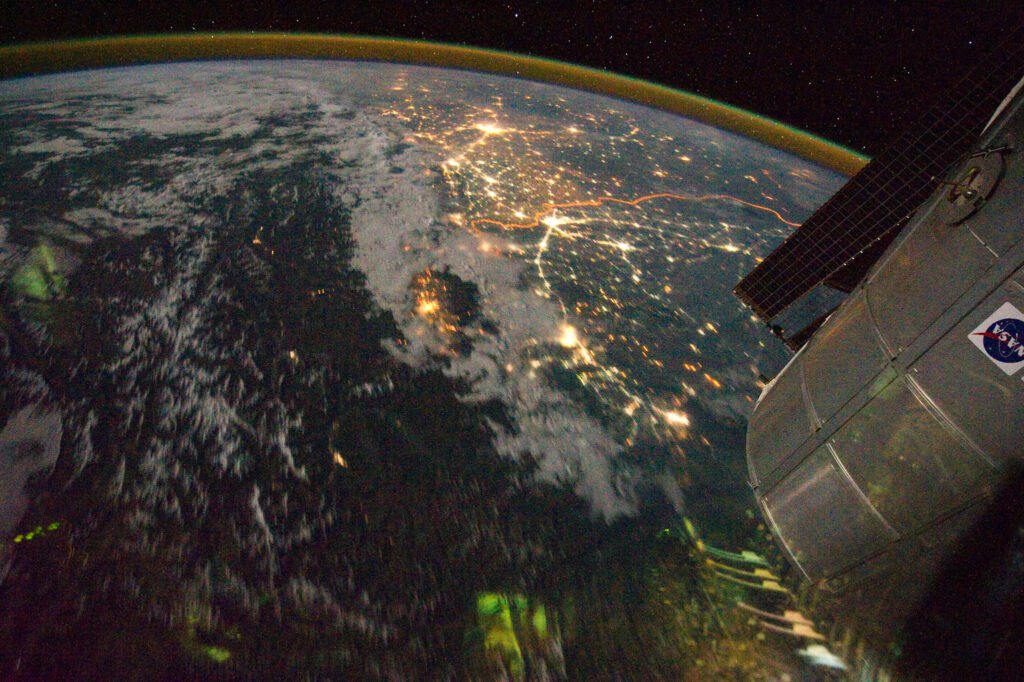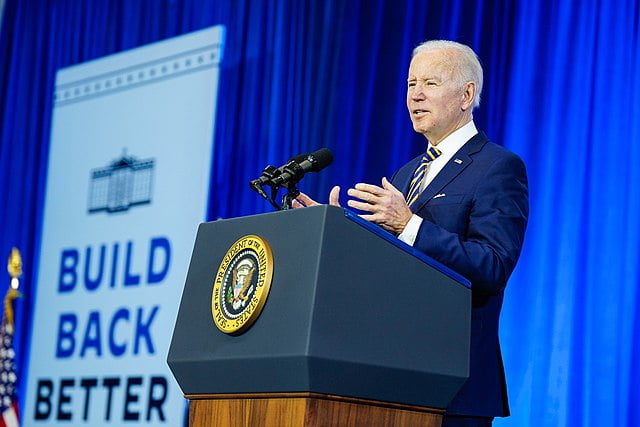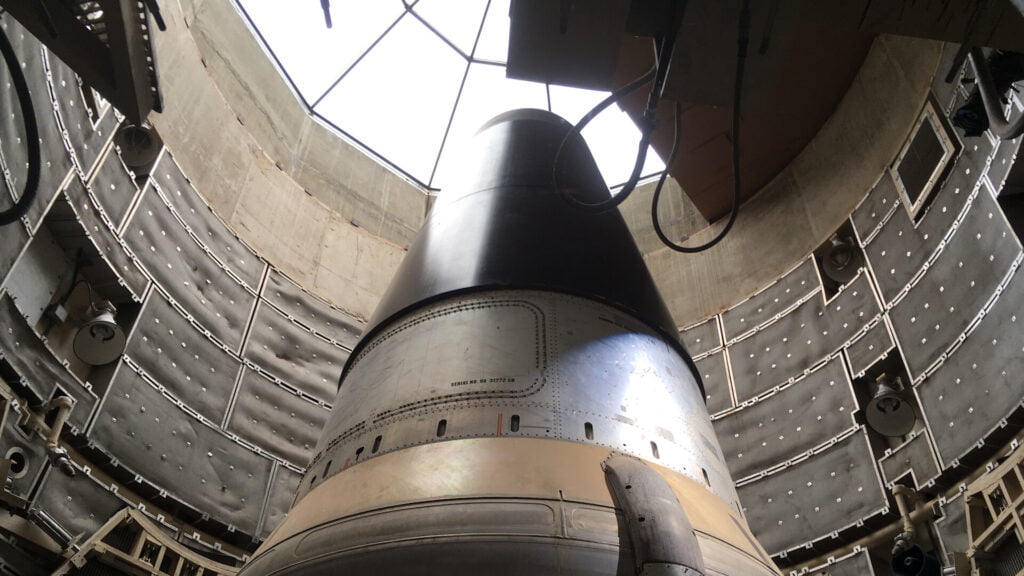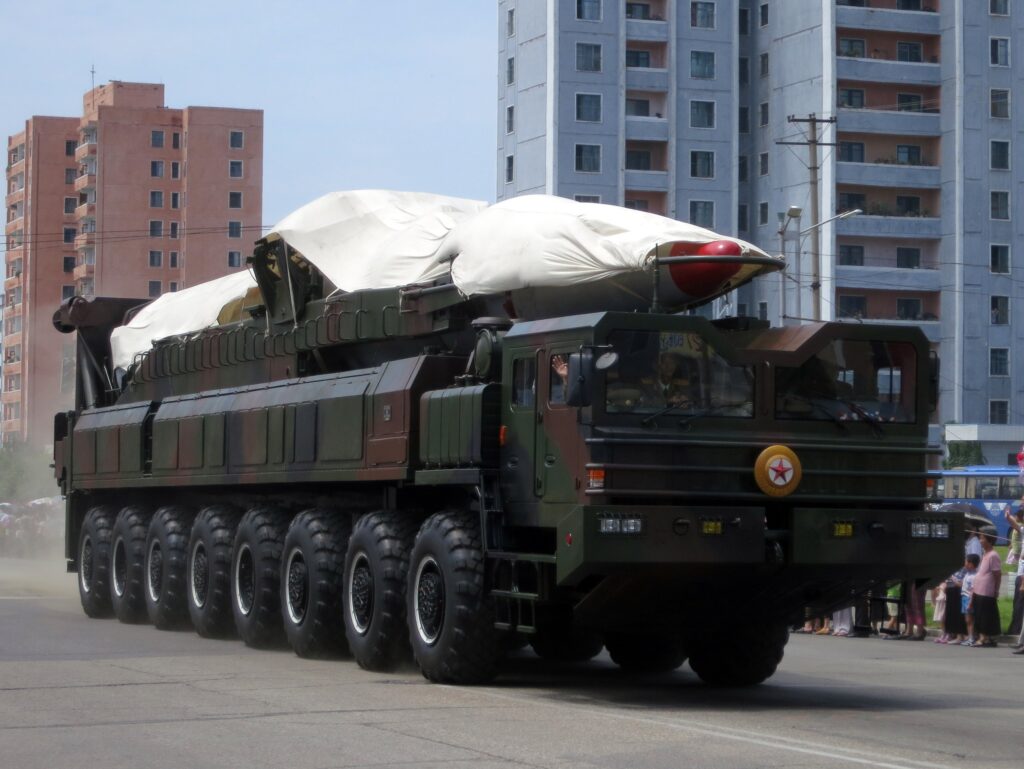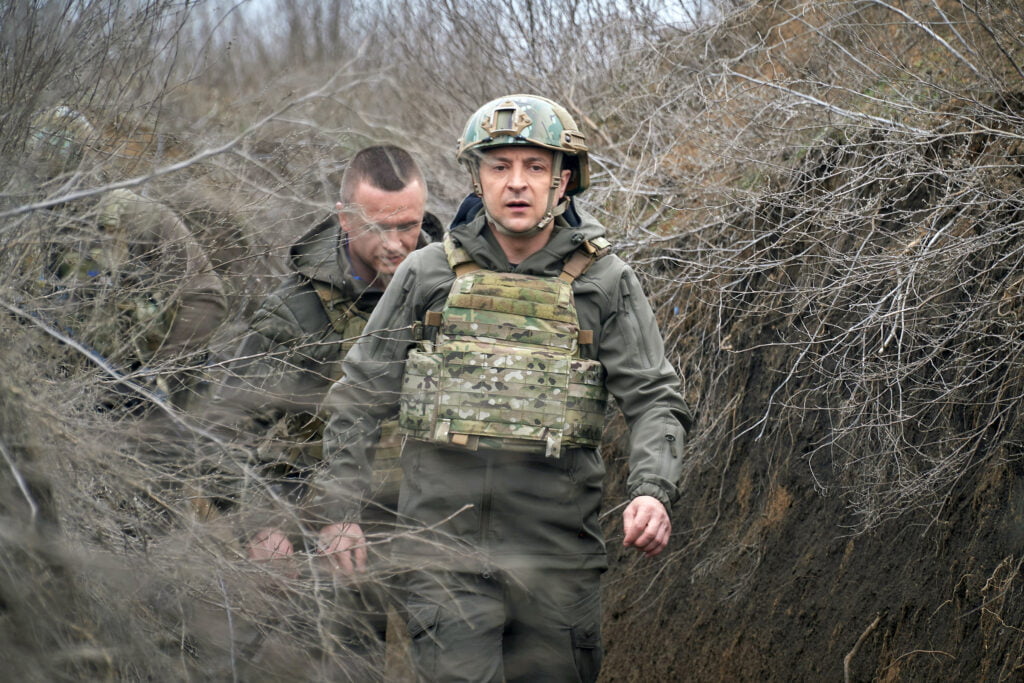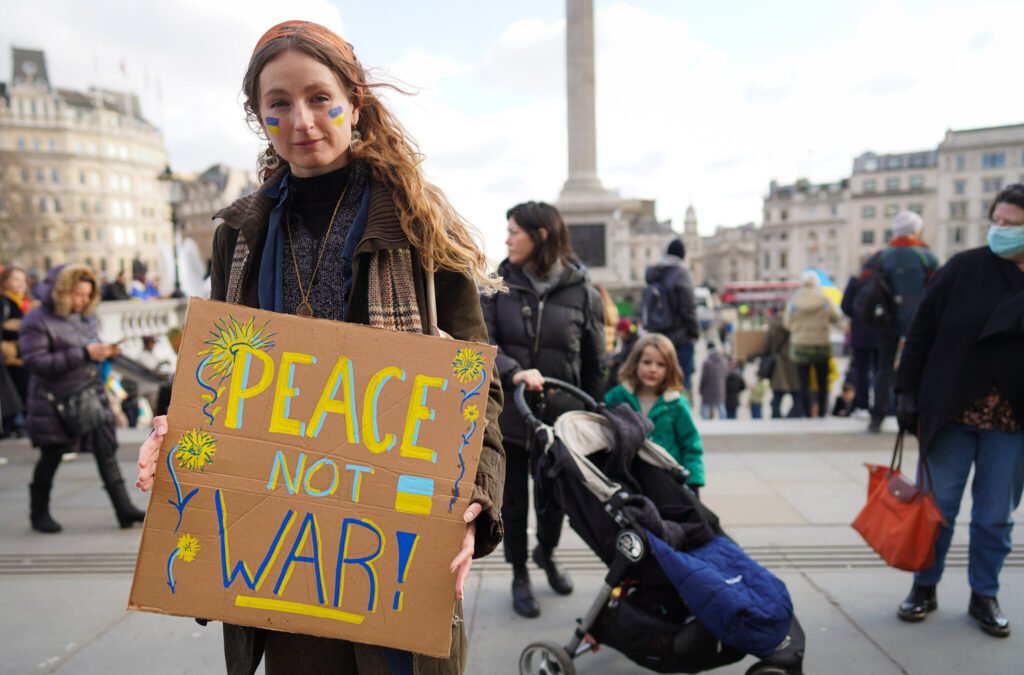We use cookies to improve your experience with Monash. For an optimal experience, we recommend you enable all cookies; alternatively, you can customise which cookies you’re happy for us to use. You may withdraw your consent at any time. To learn more, view our Website Terms and Conditions and Data Protection and Privacy Procedure.
Nuclear weapons
Published on March 28, 2022The geopolitics around nuclear arms control is rapidly becoming more complex, and so too is the technology behind the weaponry.
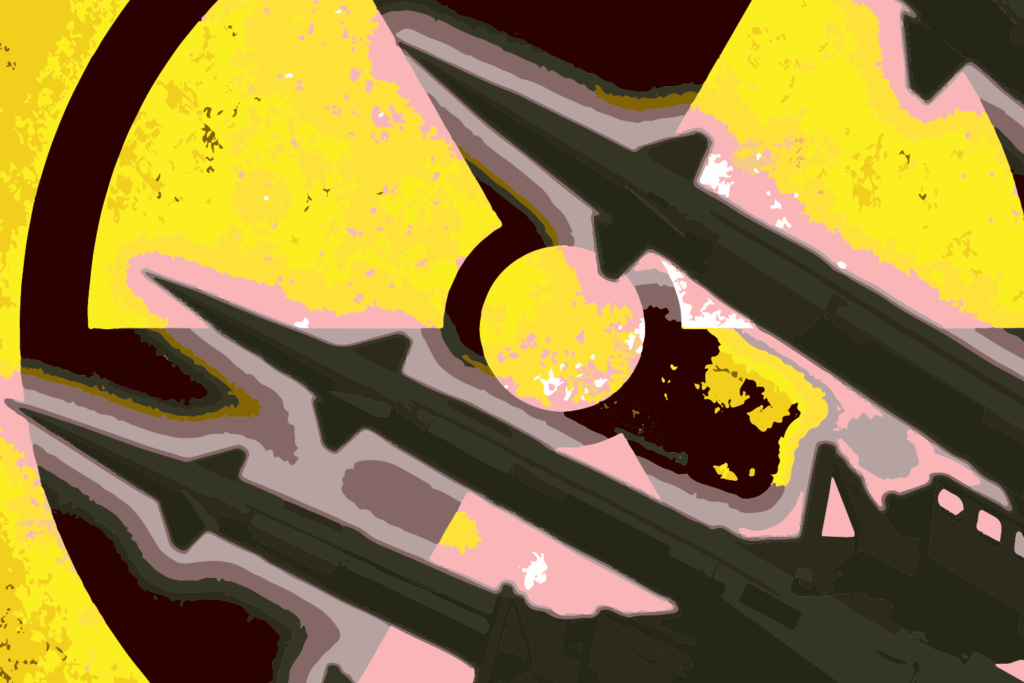 The world’s superpowers have ramped up the capabilities of their nuclear arms: Michael Joiner, 360info
The world’s superpowers have ramped up the capabilities of their nuclear arms: Michael Joiner, 360info
The geopolitics around nuclear arms control is rapidly becoming more complex, and so too is the technology behind the weaponry.
Russia’s invasion of Ukraine has reignited discussions on the power of nuclear weapon states. Thrusting the issue into the spotlight, Russian President Vladimir Putin reminded the world in February 2022 that his country “remains one of the most powerful nuclear states” with “a certain advantage in several cutting-edge weapons”.
But a lot has changed since the US and Russia last engaged in nuclear brinkmanship. While the nuclear weapon stockpiles may have reduced since the height of the Cold War, more states than ever possess nuclear weapons and many have modernised their arsenals.
The situation is another challenge to the Treaty on the Non-Proliferation of Nuclear Weapons (NPT) — a 1968 pledge by 191 states to not spread nuclear weapons beyond the states that had already tested.
Despite being NPT signatories, the world’s superpowers have ramped up the capabilities of their nuclear arms: the United States has poured trillions into modernisation, China has expanded its warheads and delivery systems, and Russia has put its upgraded nuclear forces on high alert.
Meanwhile, non-NPT states such as North Korea, India and Pakistan shape regional relations, alongside Israel — a secret nuclear power with a policy of deliberate ambiguity .
The rest of the world is drawing their own lines. Some 86 states, tired of empty disarmament rhetoric from nuclear states, have signed the UN’s Treaty on the Prohibition of Nuclear Weapons. Others are siding with their powerful nuclear allies — Australia’s AUKUS pact with the US and UK aims to equip them with nuclear propulsion submarines within the coming decades.
360info is looking into the role of contemporary nuclear weapons and how it is shaping 21st century geopolitics.
REALITY CHECK
The first nuclear test took place in New Mexico in 1945, creating a crater of 300 metres wide. (CTBTO)
Approximately 90 percent of the world’s nuclear warheads are owned by the United States and Russia. (Federation of American Scientists)
As of October 2021, there are 441 nuclear power reactors in operation in 30 countries. There remains only nine states with nuclear weapons. (Statista)
BIG IDEAS
Quote attributable to Joelien Pretorius, University of the Western Cape
“Using nuclear weapons to deter or compel action is effectively holding humanity at ransom.”
“The world has come very close to nuclear war, miscalculation and accidents have happened, and the fact that there has not been a major nuclear disaster since 1945 is basically down to ‘luck’.”
“Disarmament seems to be reversing: nuclear weapon states are modernising their arsenals and some are increasing their warheads, renewing the nuclear arms race.”
PERSPECTIVES
Russia’s invasion could reignite a nuclear arms scramble
Fitriani, University of Indonesia
When Ukraine gave up its stockpile of nuclear weapons, they expected protection from the great powers. Russia’s invasion could start a global re-think.
Ineffective treaty helped Russia’s nuclear threat escalate
Joelien Pretorius, University of the Western Cape
Russia’s nuclear blackmail is prompted by a flawed treaty and ambivalence by nuclear weapon states towards nuclear disarmament.
Not MAD about Putin
Maria Rost Rublee, Monash University
The notion of Mutually Assured Destruction as a deterrent to nuclear strikes has destabilised. It would be dangerous to maintain an unquestioned reliance on it.
Nuclear winter should chill every leader to the bone
Simone Turchetti, University of Manchester
The consequences of a nuclear war have been well-explored by science. Beyond immediate death and destruction, a famine and climate disaster beckons.
Biden’s moment to decide on nukes is coming
Daniel Steedman, Monash University
US foreign policy will change in wake of Russia’s invasion of Ukraine. Whether Biden departs from his predecessors on nuclear weapons policy remains to be seen.
Nuclear instability stretches beyond Russia to South Asia
Amitabh Mattoo, University of Melbourne, Jawaharlal Nehru University
Not since the end of the Cold War has the threat to the effectiveness of the nuclear non-proliferation regime been as intense or widespread.
Nuclear North Korea eyes new Cold War era
Sung-wook Nam, Korea University
Watching Ukraine suffer at the hands of Russia is likely to strengthen North Korea’s resolve to keep its nuclear weapons.


